Speaking of the nearly three thousand year existence of the ancient city of Belgorod-Dnestrovsky can not forget about the biggest fortification building and majestic monument of former times on the Ukrainian territory. Akkerman fortress is not just a business card of the White City. This unique structure, which has no equal and will not continue.
The rocky shore of the Dniester estuary became an ideal area for construction of the Bastion, which is partly preserved and brought to us the memories of their creators. The walls bravely and cherish the dozens of centuries of history, passing era battles, wars, the UPS and downs of the city, which in ancient times was one of the greatest and contributed to the cultural development of many peoples.
Historians still differ in opinion, how the settlement was laid the first stone fortifications. One of the assumptions that to plan large-scale development had a hand in the Moldavian people. Others represent facts about the involvement of Turkish settlements. Others think it's right to mention the commune of Genoa, which at that time settled on the banks of the Dniester.
Whatever it was, two hundred years of construction to erect the walls of the fortress had many settlements, and thereby gained essays on different cultures. Laid she was at sunset of the XII century, but it was the ruins of the ancient trading city of tyre, which at different times was considered a strategically important center of several peoples. It is because of the constant raids and robberies of other villages wishing to take possession of the territory, erected a fortification, which should serve as resistance and protection from multiple attacks. And the whole reason extremely good location Belgorod in economic terms.
It all started with the arrival on the shores of the Dniester ancient Ionian colony from the city of Milet in the VI century BC. They first founded Fuisse (Tyr), the city, which begins the chronology of Belgorod. The rapid development of the settlement and its advantageous geographical location rather quickly manifested itself and affected the further course of events. For many centuries this area was fought the bloody battle.
Every great ruler that has an army, wanted to own these lands, and Tyr tended to other States. Therefore, for its existence Belgorod has repeatedly changed its name, becoming the Roman Iulia, Venetian Mont-Castro, the Moldavian Cetate-Alba. In the IX century Belgorod-Ust-Dniester is not transferred to the Slavic tribes of tivertsy and the city continues to develop under the wing of the old Russian state.
But there were bad times. Competitors from neighbouring settlements is very much annoyed by the raids, therefore, before the erection of the fortress on the territory of the city was thought of the first defensive constructions, partially protecting from the raids of the enemy. At the same time, the end of the XII-XIII century of our era, are important events in the history of Belgorod.
In 1214, the year the power here goes to the Hungarian Kingdom. 27 years later, the city became a possession of the Golden Horde Khan Berke, who laid down the first sketches of the fortress under the name of AK. Since those days over the two hundred year period, was built modern Belgorod-Dniester fortress.
In the early fourteenth century, is the fortified shopping center came the Genoese, who came to an agreement with the Horde and have transfer of the city in their possession. Which was released by the Khan of the area has strengthened their brand and helped to make new connections. Already in 1362, the year the forces of the Golden Horde was weakened, and the city moves on to developing the Moldovan Principality.
Two hundred years, the fortress is slowly but built, and Moldavians, the Genoese, gradually making all the new adjustments. The project is unique in its kind, and even at the time of construction was a powerful structure, with its own garrison with all necessary means of protection subject to different conditions. It is a magnificent engineering structure, played an invaluable role at different times for States, which had to be.
The area of Akkerman fortress than nine hectares with the length of the walls in the two and a half kilometers and a height of from five to fifteen metres, and in thickness from one and a half to five meters. Its Northern side is washed by the estuary, the rest surrounded by a moat, which was cut down in a rock. This ditch had a depth of nearly twenty meters and a width of fourteen. Once it was filled with water, that is, to approach the walls of the fortress was hard enough.
Because on the river Bank coquina has always been in excess, it was used as the main construction material. As for the secret of the strength of the walls of the great fortress – it was the solution, which is tightly bonded stone. In order that the cementing was better, used slaked lime, crushed marble and coal, eggs, silicon, and frogs. In addition, there are other measures through which it was possible to keep the necessary moisture to indoor air, where they kept the gunpowder. It was just part of a solution added to the millet.
The complex is divided into 4 yard, where the oldest citadel is a building of the XII century. The citadel is considered the most mysterious and ancient construction. The fortress in the fortress has an area of more than three hundred square meters and a height of twenty. Once thought that the enemy cannot overcome a structure having a right angle structure and the high corner towers. This area was allocated to the commandants of housing. Here also was located a military headquarters kept the city Treasury has a special Palace and tower the commandant and also a basement for storage of gunpowder.
Circular defense of the citadel had its own peculiarities, due to which the castle was considered the most impregnable. Here was dug underground passages, which were known only to officials, and shelters for soldiers. Unfortunately, to fully explore these areas too.
Thirty-four towers securely fortified walls of the fortress. They got a round, cylindrical, octagonal shape. To the last they were intended for the direct purpose, accordingly, they were given names like: Dungeon, Treasury, and so on. Kiliya gate with a pair of pointed lattices (gersy) and a drawbridge protected the entrance to the fortress.
In civil court, the size of nearly five hectares, were built for local residents. It was the biggest area at the castle that served as a protective place for settlers.
Two hectares of area was allocated for Harrisony the yard, where there were ammunition depots, premises of barracks and stables. For entrance there was a separate gate is made with a special protective system. In the Port yard was a warehouse and the space for a trade.
The fortress has often proved to approach to take it by storm almost impossible. Thanks to our unique engineering approach, even numerous and tactically savvy army of the Ottoman Empire twice stumbled on trying to capture the Ackerman.
But we will continue to speak in the second part of the history of the Akkerman fortress.
The auth or of the article @vpodessa
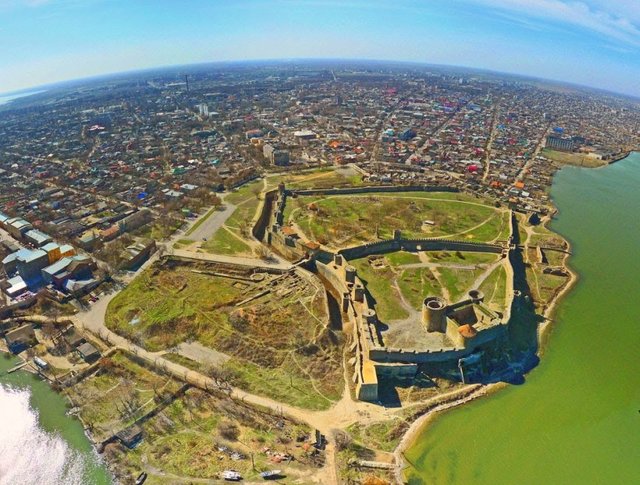

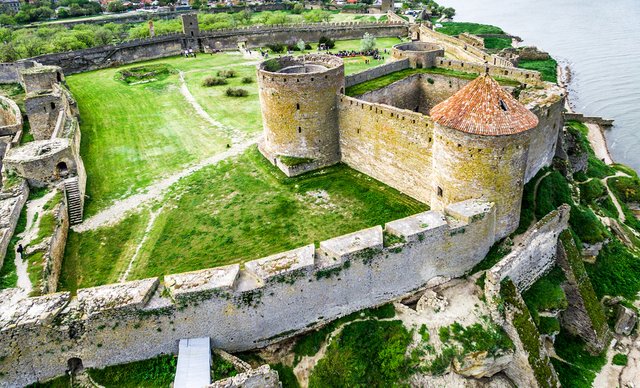
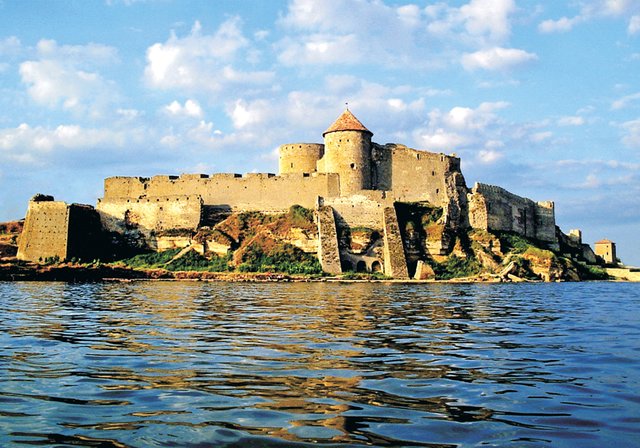
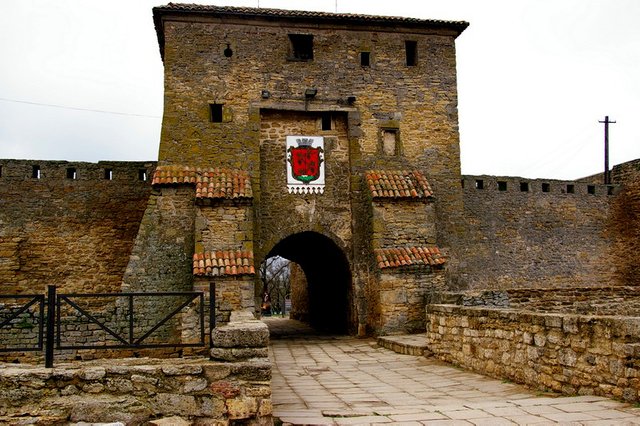
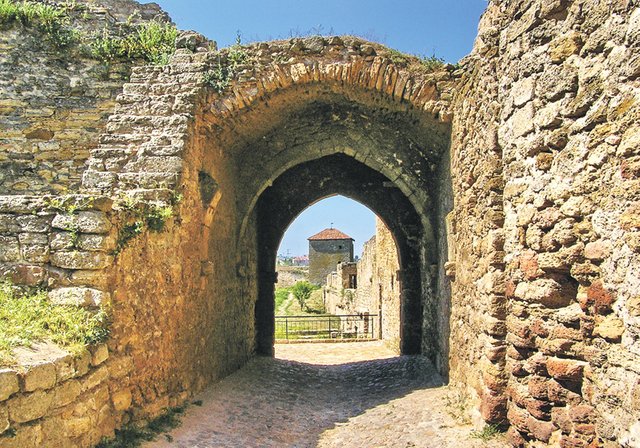
love your steemit page , i've always been fascinated in history . Keep up the good work :)
Downvoting a post can decrease pending rewards and make it less visible. Common reasons:
Submit
I am a historian, so I will continue to develop the theme of history. Especially, I do research on the history of the Odessa region
Downvoting a post can decrease pending rewards and make it less visible. Common reasons:
Submit